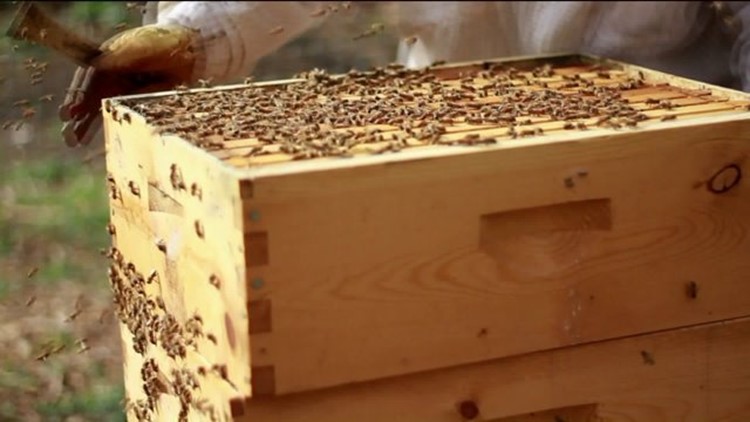HAMDEN -- Stronger pesticides, an aggressive mite and climate change are being called culprits for what has become an embattled honey bee population. State entomologists at the Connecticut Agricultural Experiment Station say 57 percent of the honey bee population in the state died off over the past year.
Of chief concern is a parasite called the Varroa Mite.
"A huge problem is this mite, it's a parasitic mite on honey bees and it transmits viruses," said Dr. Kimberly Stoner, an associate scientist in the entomology department at the Connecticut Agricultural Station.
Stoner noted that 22 different viruses have been discovered in the bees.
Washington is planning on helping the problem, concerned that there won't be not enough bees to pollinate crops and flowers. A federal proposal to allocate more than $80 million for a research study is in the works.
Dr. Kirby Stafford, the chief entomologist at the Agricultural Station, said that federal funding would go a long way in the battle against the Varroa Mite.
"Honey bees have been taking quite pounding over the past few years," he said.
But Stafford believes the honey bee situation can be improved. "The varroa mite is the main issue," he said, "we also need to provide more pollinator habitat and we need to be careful of what insecticides we use."
According to the Connecticut Agricultural Experiment Station, there are 1,080 registered bee keepers in Connecticut--most are hobbyists--who oversee 6,335 hives.



